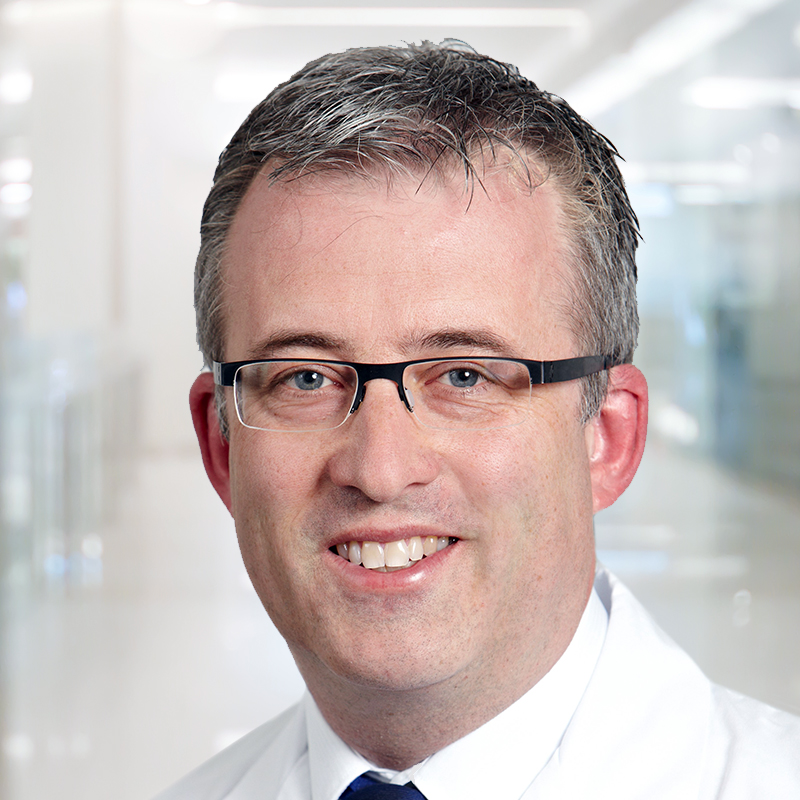Varicose veins
Varicose veins are a widespread disease. If treated at an early stage, complications can be avoided.
60 percent of cases concern women. The cause of varicose veins is genetically inherited. It is often wrongly assumed that standing upright for long periods of time contributes to their formation. Neither do crossed legs or unhealthy lifestyles.
Varicose veins form due to a weakness of the connective tissue. The blood is not transported back to the heart, caused by degenerating venous valves. The pressure on the venous walls bends them, making them visible under the skin.
If varicose veins are not treated, they can cause complications. The skins colour can darken and in seniors they can lead to superficial thromboses and even open legs.
The treatment of varicose veins is primarily surgical. They are removed by vein stripping. Apart from that, there are modern methods of laser and radio technology, where the vein is heated and sclerotised via a catheter. It can also be blocked with foam or synthetic material.
